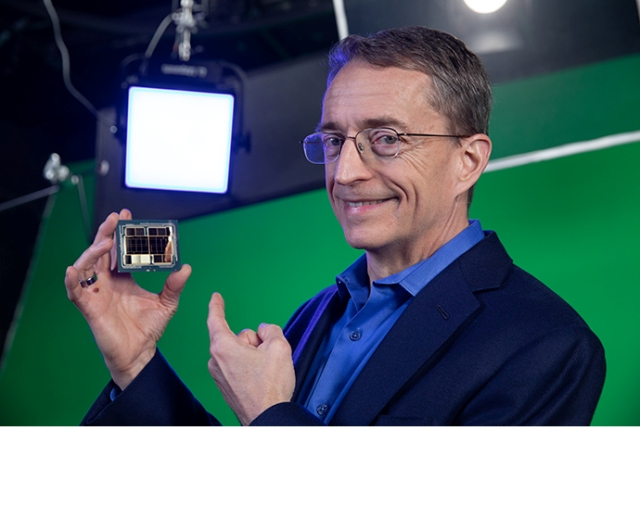Intel today broke ground in Arizona for building two chip factories that will see an investment of $20 billion.

In March, Intel announced plans to build two new chip factories at its Ocotillo campus in Chandler, Ariz. The new factories will support growing demand for Intel’s products and provide committed capacity for Intel Foundry Services customers.
Intel CEO Pat Gelsinger was joined by government and community leaders on Sept. 24, 2021, for a groundbreaking ceremony on the factories: Fab 52 and Fab 62. The project pricetag of $20 billion constitutes the largest private-sector investment in Arizona history.
Intel rival TSMC has also purchased land to build its first U.S. campus in Phoenix, not far from Intel’s location, where TSMC plans up to six chip factories, Reuters reported.
Gelsinger said Intel plans to announce another U.S. campus site before the end of the year that will eventually hold eight chip factories.
The Intel Ocotillo campus is the company’s first mega-factory network, with four factories connected via a mile-long automated superhighway. With the addition of two new fabs, the Arizona site will become Intel’s largest manufacturing site in the world; the campus covers approximately 700 acres.
Intel earlier opened Fab 42, its newest, manufacturing facility, also located at the Ocotillo campus. At the time, Fab 42 was one of the largest construction projects in the U.S. – a $7 billion investment that created 3,000 new Intel jobs and 10,000 new Arizona jobs overall.
Intel employs 12,000 Arizonans. The investment is estimated to create an additional 3,000 permanent high-tech, high wage Intel jobs as well as 3,000 construction jobs.
75 percent of global chip capacity is in East Asia, says a study by the Semiconductor Industry Association and Boston Consulting Group. U.S. companies account for 48 percent of the world’s chip sales, but U.S.-based fabs account for only 12 percent of the world’s semiconductor manufacturing. This type of geographical imbalance creates tremendous supply chain risk for components critical to many industries.





